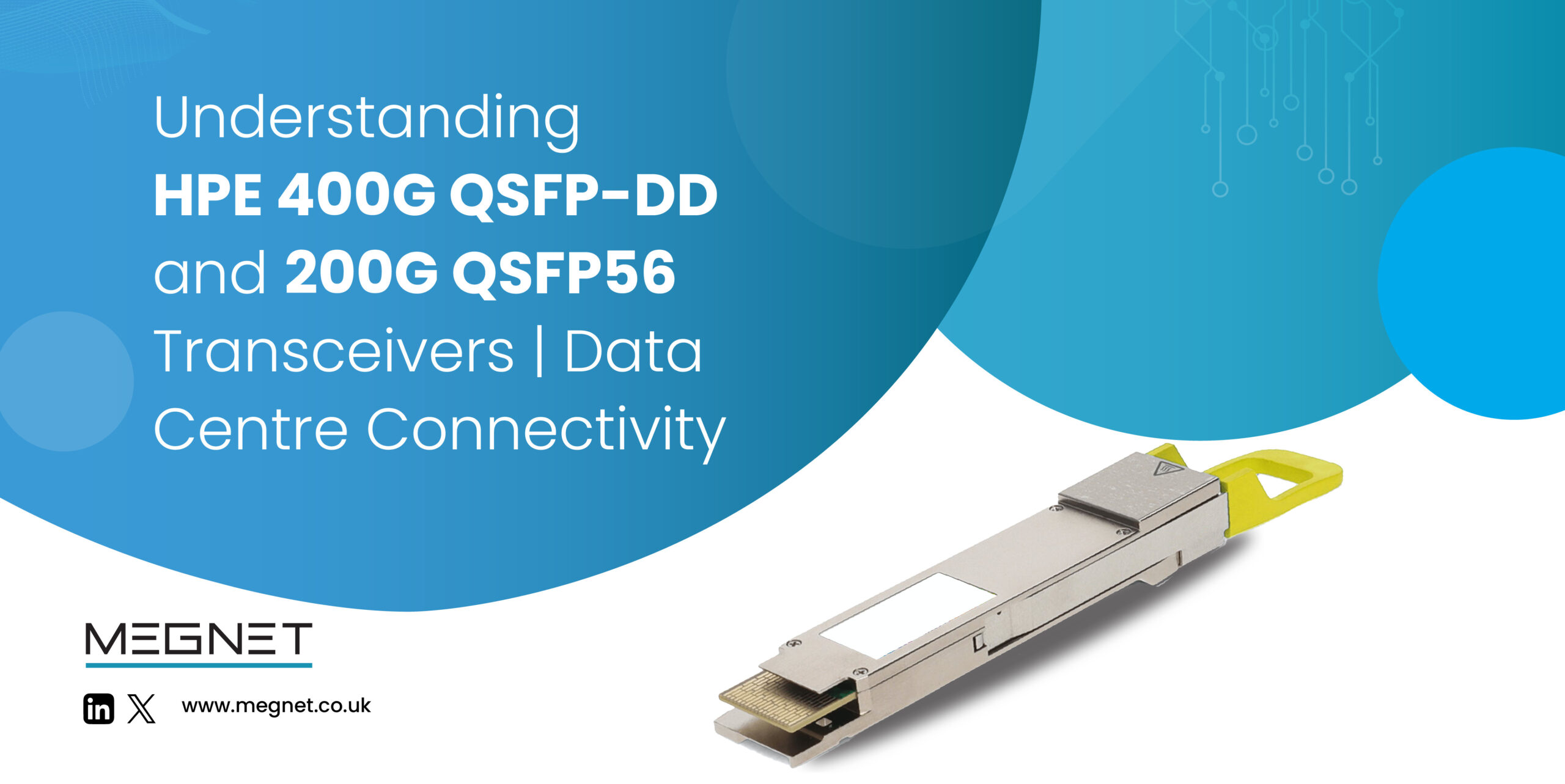
The data centre hums with the thrumming energy of information in motion. Servers whisper secrets to each other, data races through fibre optic arteries, and the unsung heroes of this bustling metropolis? Optical transceivers. These tiny devices, plugged into network switches and routers, silently convert electrical signals to light and vice versa, enabling lightning-fast data transfer. Today, we embark on a deep dive into two high-performance contenders from HPE: the 400G QSFP-DD and 200G QSFP56 transceivers. Buckle up, data enthusiasts, as we dissect their technical prowess, unveil their hidden strengths and weaknesses, and ultimately help you choose the champion for your data center’s high-speed race.
Beyond the Raw Numbers: Demystifying the Tech Specs
Before we throw them into the ring, let’s understand the language of these titans.
-
400G QSFP-DD: Imagine a four-lane highway for data, each lane carrying 25G of pure digital adrenaline. That’s the 400G QSFP-DD, boasting quad 25G channels and a jaw-dropping 400Gbps throughput. Perfect for cloud computing, high-performance computing (HPC), and next-generation networking, it’s the Usain Bolt of the data center world.
-
200G QSFP56: No lightweight itself, this transceiver offers eight 25G channels, translating to 200Gbps of data firepower. Think of it as a dual carriageway, efficiently transporting information and offering a significant performance boost over its 100G predecessor. It’s the ideal bridge for data centers transitioning towards higher speeds without the full-throttle intensity of 400G.
Head-to-Head: Deciphering the Data Duel
Now, let’s pit these titans against each other in a technical showdown:

Beyond the Specs: Unveiling the Hidden Gems
But data sheets only tell half the story. Here’s a glimpse into the hidden strengths and subtle nuances of these transceivers:
-
400G QSFP-DD: It’s not just about raw speed. This transceiver utilizes PAM4 modulation, packing four bits into each symbol, maximizing bandwidth efficiency. Additionally, its enhanced cooling mechanisms ensure reliable operation even under the highest load.
-
200G QSFP56: Don’t underestimate its flexibility. This transceiver offers a wider range of reach options, catering to both short-distance data center interconnects and longer-distance backbone connections. Moreover, its lower power consumption makes it a budget-friendly option for eco-conscious data centers.
Choosing Your Champion: Matching Your Data Centre’s DNA
The victor depends on your data center’s unique genetic makeup.
-
Need for Speed Junkies: If your data center craves unbridled data flow, fueling hyper-scale applications and cutting-edge research, the 400G QSFP-DD is your undisputed champion. It catapults your network into the future-proof zone, ready to handle the data deluge of tomorrow.
-
Value-Conscious Contenders: For those seeking a gradual yet potent upgrade, the 200G QSFP56 delivers excellent performance without breaking the bank. It’s a strategic choice for data centers seeking to scale efficiently, future-proofing their infrastructure without the immediate need for 400G’s blazing speed.
Beyond the Binary: The Real-World Impact
These transceivers aren’t just numbers on a datasheet; they unlock a treasure chest of benefits for your data center, transforming it from a sluggish behemoth to a lean, mean, data-processing machine. Let’s delve into the tangible perks you can reap:
-
Lower latency: Say goodbye to lag! These transceivers minimize data transfer delays, enhancing application responsiveness and user experience. Imagine real-time video conferencing without choppy frames, or lightning-fast cloud-based transactions – that’s the power of low latency.
-
Increased scalability: As your data demands grow, your network shouldn’t become a bottleneck. These versatile options provide ample room for expansion, allowing you to add more servers, applications, and users without compromising performance. Think of it as adding lanes to your data highway, ensuring smooth traffic flow even during peak hours.
-
Improved efficiency: Reduced power consumption translates to lower operational costs and a more sustainable data center footprint. These transceivers, especially the 200G QSFP56, incorporate energy-saving technologies that minimize heat generation and electricity usage, making your data center a friend to the environment.
-
Enhanced security: Both transceivers offer advanced security features, such as data encryption and authentication protocols, protecting your valuable information from unauthorized access. Think of it as a fortified data vault, ensuring your sensitive data remains safe even in the face of cyber threats.
The Verdict: Powering Your Data Centre’s Future
HPE’s 400G QSFP-DD and 200G QSFP56 transceivers are not just technological marvels; they are the keys to unlocking a new era of data center performance. Whether you crave blistering speed or value-driven scalability, these champions have the potential to transform your network, propelling your data center towards a future of unfettered connectivity.
The air crackles with electricity as bits dance across fiber optic arteries, the lifeblood of our bustling data centers. At the heart of this information superhighway lie the unsung heroes – optical transceivers. Today, we dissect the anatomy of two high-performance contenders from HPE: the 400G QSFP-DD and the 200G QSFP56, unlocking their hidden potentials and guiding you towards the perfect champion for your data center’s high-speed race.
Beyond the Headline Numbers: Diving Deeper into Technical Prowess
Raw speed is just the tip of the iceberg. Let’s delve into the intricate workings of these titans:
-
Modulation Maestro: The 400G QSFP-DD wields the PAM4 modulation baton, packing four bits into each symbol for a bandwidth symphony at 400 Gbps. Its rival, the 200G QSFP56, utilizes NRZ modulation, sending one bit per symbol, offering a steady 200 Gbps performance. Understandably, PAM4 packs more punch but demands precise timing and higher power, while NRZ prioritizes stability and lower power draw.
-
Reach Royalty: Not all heroes travel the same distance. The 400G QSFP-DD reigns supreme in short-range sprints, conquering data center interconnects with options like SR4 (up to 100 meters). The 200G QSFP56 expands its reach, offering long-distance options like FR8 (up to 90 kilometers), catering to backbone connections across vast data center campuses. Choose your champion based on your battlefield size.
-
Error Correction Cavalry: Data integrity is paramount. Both transceivers employ forward error correction (FEC) protocols like Reed-Solomon coding. The 400G QSFP-DD, with its higher density and potential for errors, utilizes advanced FEC variations like Soft-Decision FEC for maximum data protection. The 20G QSFP56 relies on standard FEC mechanisms, ensuring reliable transmission over shorter distances.
-
Fiber Optic Footmen: These titans don’t travel alone. They rely on trusty fiber optic companions. The 400G QSFP-DD typically partners with single-mode fibers for its high-speed bandwidth requirements, while the 200G QSFP56 can utilize both single-mode and multimode fibers depending on distance and cost considerations. Remember, choosing the right fiber optic partner is crucial for optimal performance.
Real-World Impact: Unleashing the Potential Within
These transceivers aren’t just technical marvels; they unlock a treasure trove of benefits for your data center:
-
Latency Levitation: Say goodbye to lag! Both transceivers significantly reduce data transfer delays, enhancing application responsiveness and user experience. Imagine real-time video conferencing without choppy frames, or lightning-fast online transactions – that’s the power of low latency.
-
Scalability Symphony: As your data demands crescendo, your network shouldn’t become the off-key chorus. Both options provide ample room for expansion, allowing you to add more servers, applications, and users without compromising performance. Think of it as adding extra instruments to your data center orchestra, ensuring harmonious data flow even during peak demand.
-
Efficiency Encore: Reduced power consumption is the new rock anthem. The 200G QSFP56, with its NRZ modulation, is the eco-conscious champion, while the 400G QSFP-DD, despite its higher power draw, incorporates advanced cooling mechanisms to minimize heat generation. Both contribute to a more sustainable data center, reducing operational costs and your environmental footprint.
-
Security Serenade: Both transceivers offer advanced security features, like data encryption and authentication protocols, safeguarding your valuable information from unauthorized access. Think of it as a fortified data vault, ensuring your sensitive data remains confidential even in the face of cyber threats.
The Verdict: Choosing Your Data Centre Champion
The perfect champion depends on your data center’s unique melody. Here’s a quick guide:
-
Need for Speed Junkies: For data centers craving unbridled data flow, powering cutting-edge research and hyper-scale applications, the 400G QSFP-DD is your undisputed rockstar. It catapults your network into the future, ready to handle the data deluge of tomorrow.
-
Value-Conscious Crooners: For those seeking a gradual yet potent upgrade, the 200G QSFP56 delivers excellent performance
without breaking the bank. It’s the ideal harmonist for data centers transitioning towards higher speeds, future-proofing their infrastructure without the immediate need for the 400G’s blazing tempo.
Beyond the Binary: A Glimpse into the Future
The data center stage is constantly evolving, with new technologies emerging like bright spotlights. Here’s a peek into the future alongside your chosen champion:
-
800G QSFP-DD2: The Next Act? The horizon beckons with the impending arrival of the 800G QSFP-DD2, promising double the bandwidth of the 400G. While still in its early stages, it represents a potential upgrade path for future-proof data centers.
-
Cooling Innovations: Keeping the Beat Cool As data speeds increase, so does the heat. Technologies like liquid cooling are gaining traction, ensuring efficient thermal management for high-performance transceivers, allowing them to perform at their peak without overheating.
-
Sustainability Takes Center Stage: Green Notes for Your Data Center Symphony Reducing the environmental footprint is becoming a critical melody. Green initiatives like energy-efficient transceivers, responsible e-waste management, and renewable energy sources are harmonizing with data center operations for a more sustainable future.
-
Ready to unleash the data centre beast within?
Contact Megnet today and discover how HPE’s next-generation transceivers can empower your network to conquer the ever-growing demands of the digital age. Remember, choosing the right transceiver is not about picking a winner; it’s about finding the perfect fit for your data center’s unique needs and aspirations. So, assess your data demands, evaluate your budget, and let these titans guide you towards a future of limitless data potential.
FAQ's
These are modules for connecting network devices in data centers. QSFP-DD supports 400Gbps and 200Gbps, while QSFP56 is primarily for 200Gbps.
QSFP-DD offers more flexibility as it can handle both 400G and 200G speeds. It also uses different connectors and modulation techniques.
Choose QSFP-DD for future-proofing your network as it supports higher speeds and allows for potential upgrades.
If you only need 200Gbps connectivity currently and don't plan to upgrade soon, QSFP56 might be a more cost-effective option.
No, they have different form factors and won't work in each other's ports.
Yes, HPE offers both types of transceivers compatible with their Aruba networking products.
HPE QSFP-DD transceivers offer features like compatibility with Aruba products, ease of deployment, and support for various cable lengths.
Consider the required speed (200G vs 400G), future upgrade plans, compatibility with your equipment, and desired cable distance.
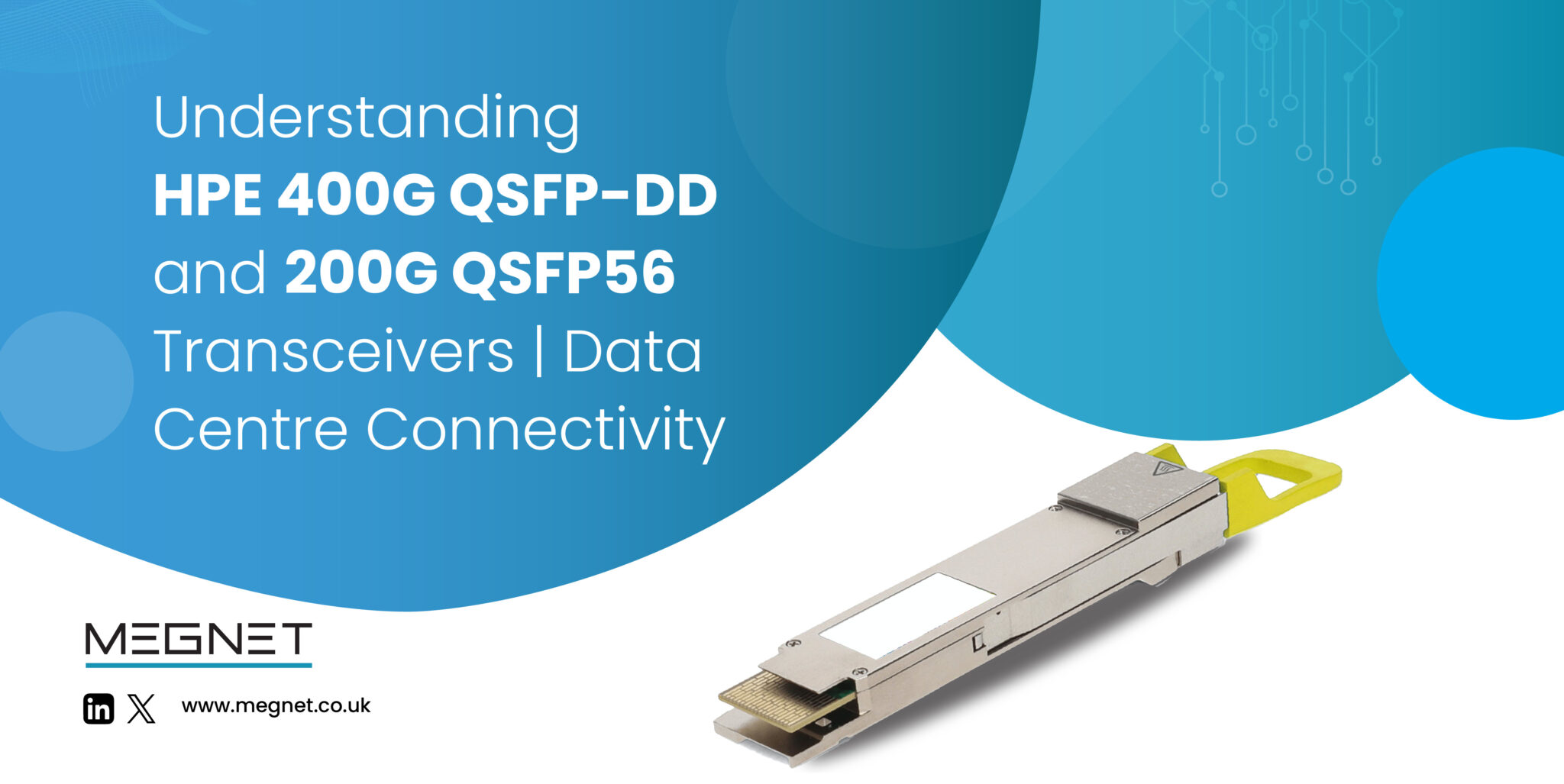

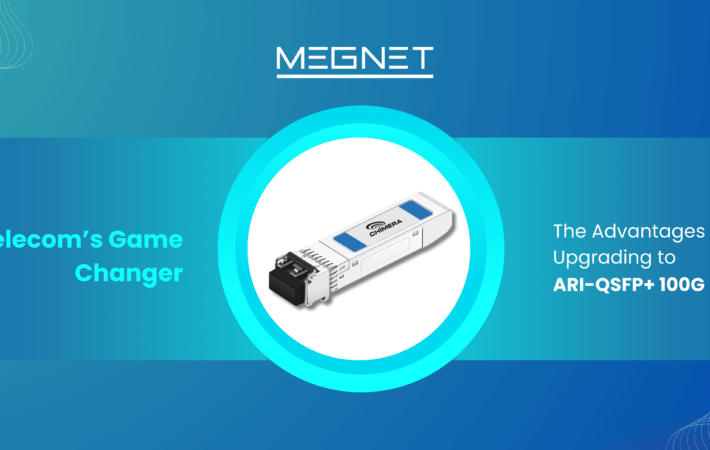

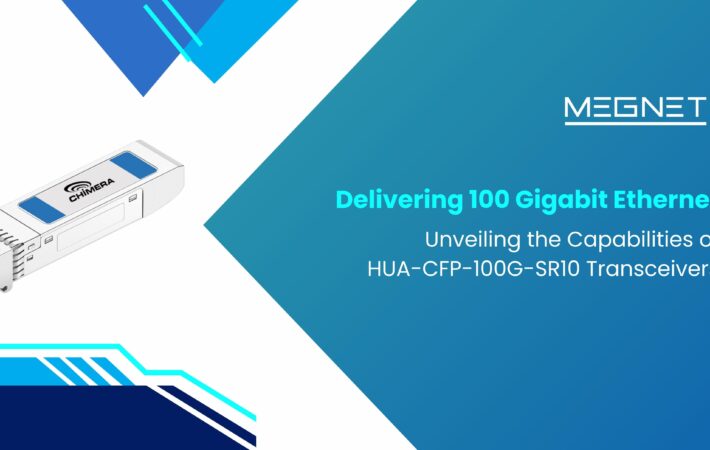
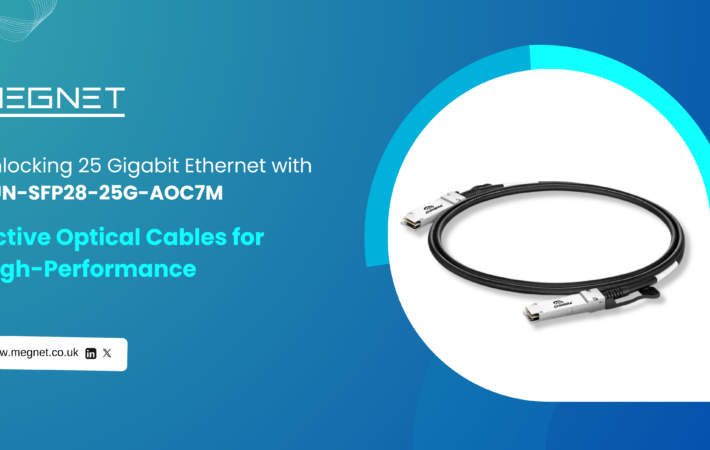
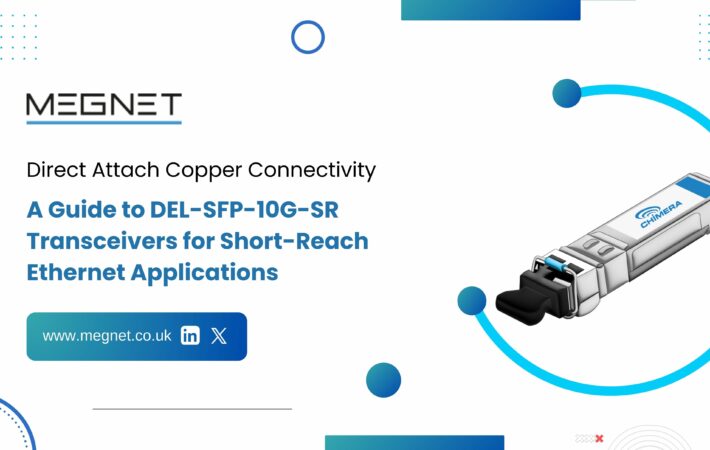


Leave a comment
Your email address will not be published. Required fields are marked *